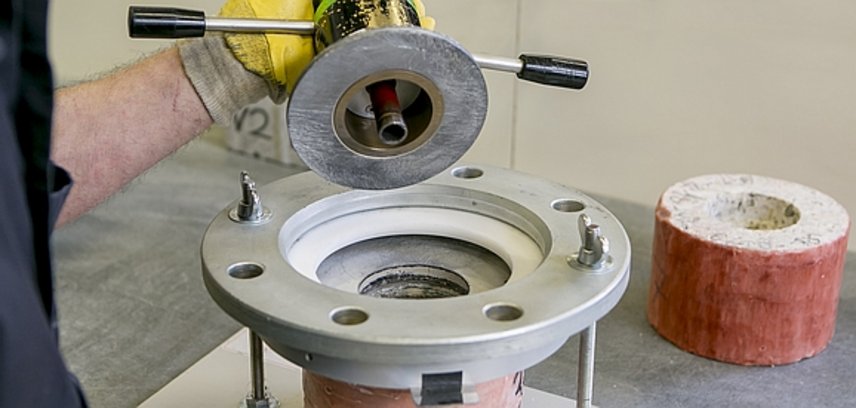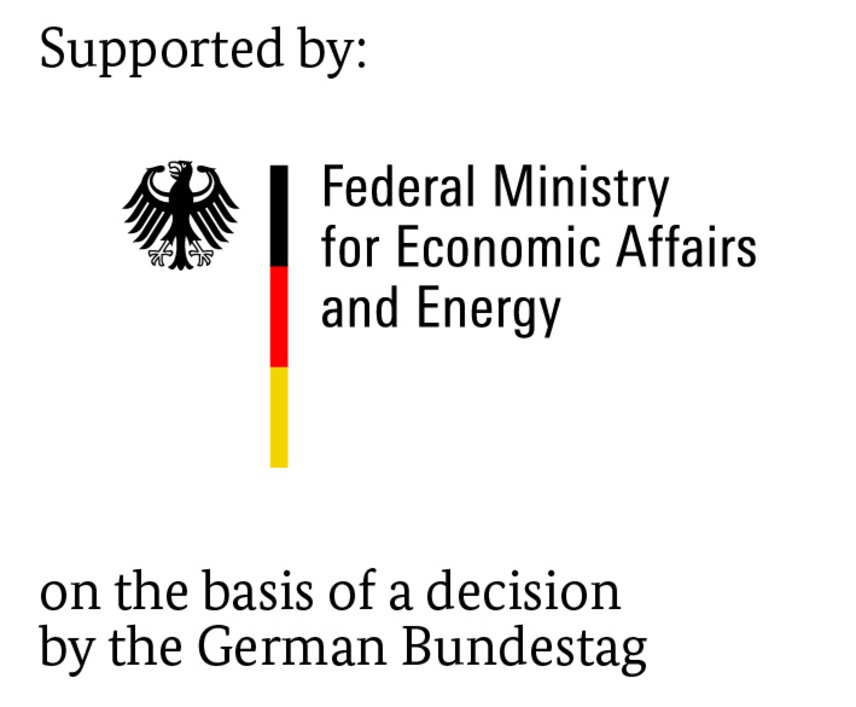Because of different climatic conditions and building traditions the European concrete standard EN 206 has not yet been harmonized. As a result, different application regulations apply in the member states for the use of different cements in concrete. Different procedures apply across Europe for the approval of cements that have not yet been allowed to be used in a member state. As a rule, the durability of concretes made with these cements has to be verified in laboratory tests. So far the European concrete standards have not offered any unified approach for carrying out this verification. The “European Technical Assessment (ETA)” would be available at the European level. Even though the test methods to be applied here are not yet known in detail the ETAs will be partially based on durability tests.
In order to bring new, clinker-efficient cements into use it would be helpful to have methods that are simple to apply for predicting the durability of concretes made with these cements. In a CORNET (Collective Research Networking) research project, the project partners CRIC (Belgium), Smart minerals (Austria) and VDZ (Germany) had combined under the consortium leadership of the VDZ to determine characteristic variables for cement and mortar samples and correlate them with the results of concrete durability tests. Also, European national procedures for approval, testing and evaluation were evaluated. The characteristic variables to be determined were intended to supplement testing in approval investigations at the European level and indicate any development potential and limitations.
Concrete compressive strength does not provide adequate correlation with the durability properties of the concrete, so these characteristic values could also be used in a second step for ongoing monitoring. There is a current discussion about whether in future the European concrete standard EN 206 should contain a classification of the durability potential of the concretes that goes beyond the national descriptive regulations, e.g. with the aid of tests. If such so-called resistance classes were introduced the possible classification could, where appropriate, be identified with the aid of the characteristic values of the cement paste and mortar.


